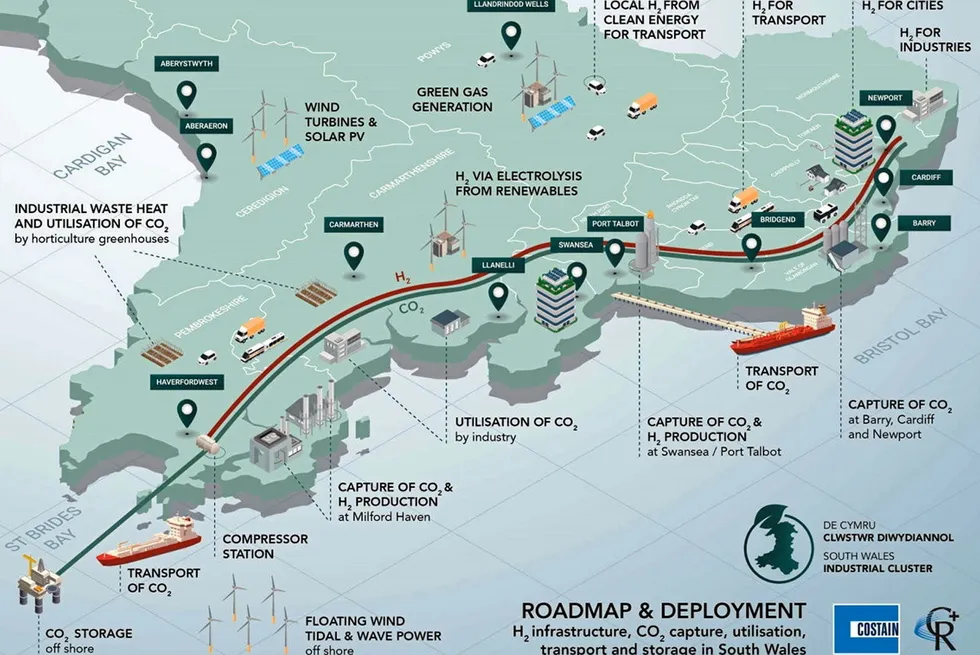Fossil gas distributor floats plan for newbuild hydrogen pipeline in Wales — but what will it be used for?
Proposed ‘HyLine’ link aims to decarbonise polluting industries of south Wales, but domestic heating is also on the cards

Proposed ‘HyLine’ link aims to decarbonise polluting industries of south Wales, but domestic heating is also on the cards
